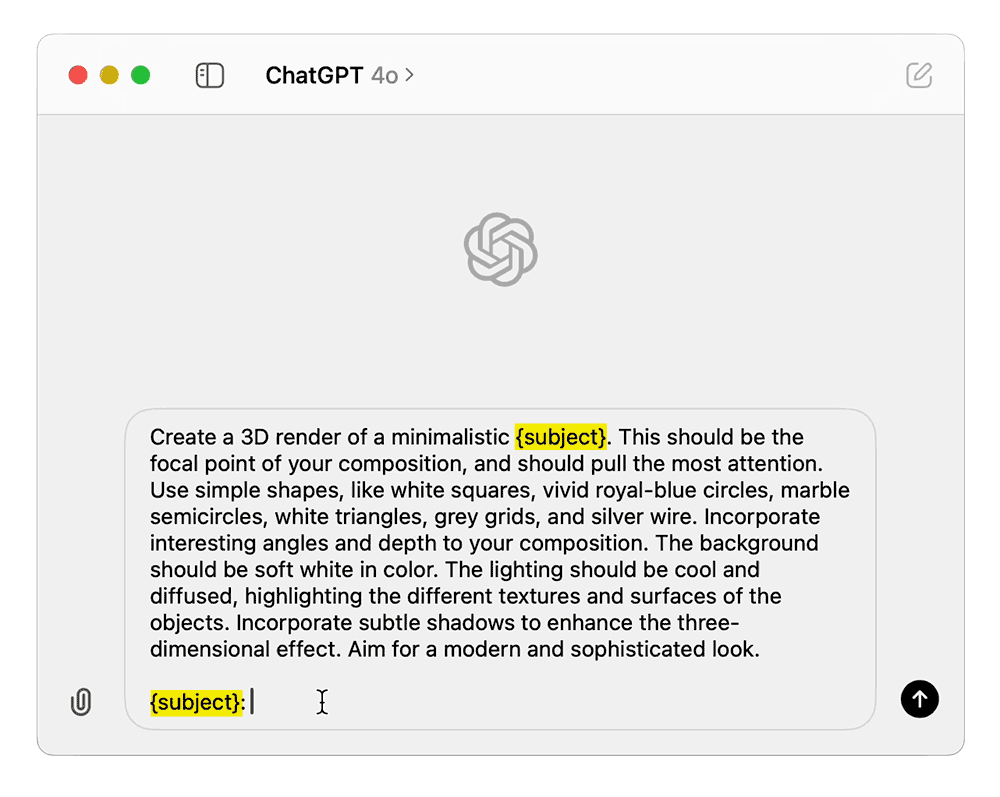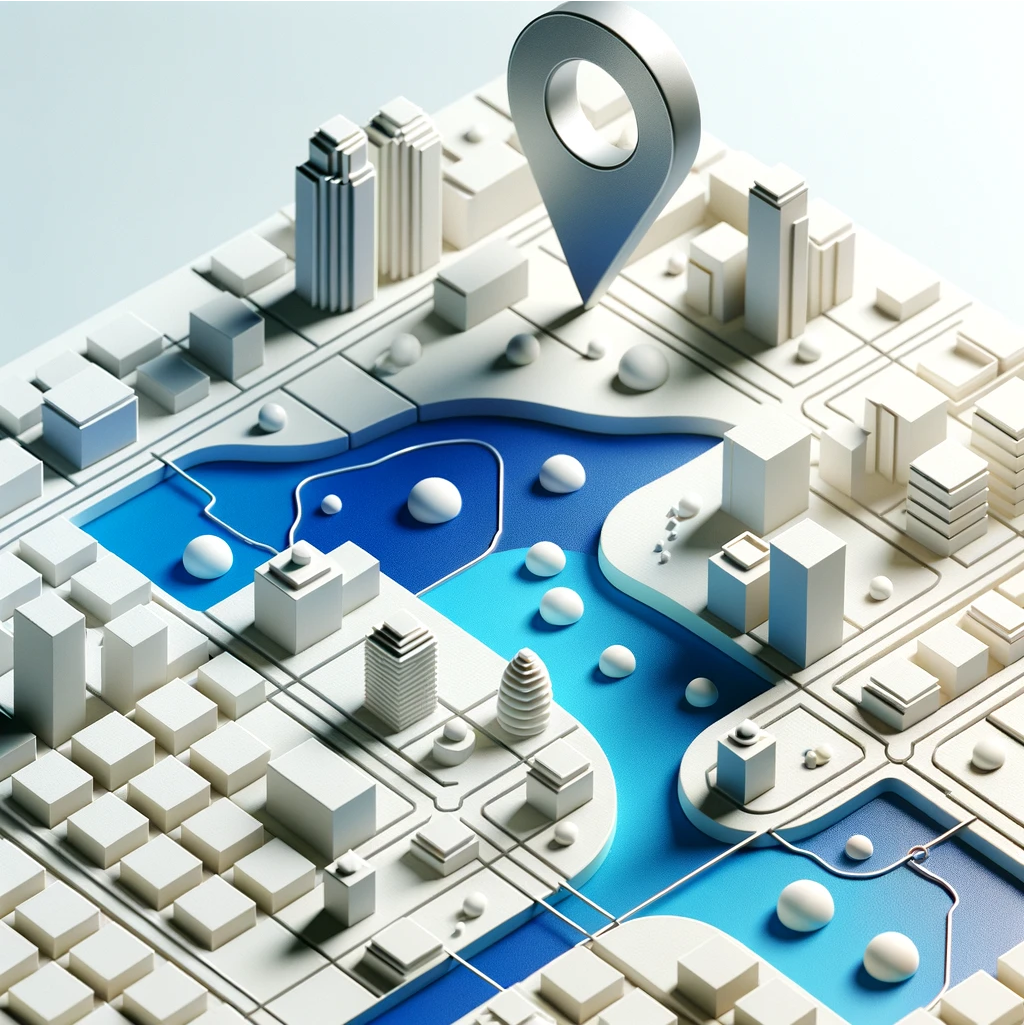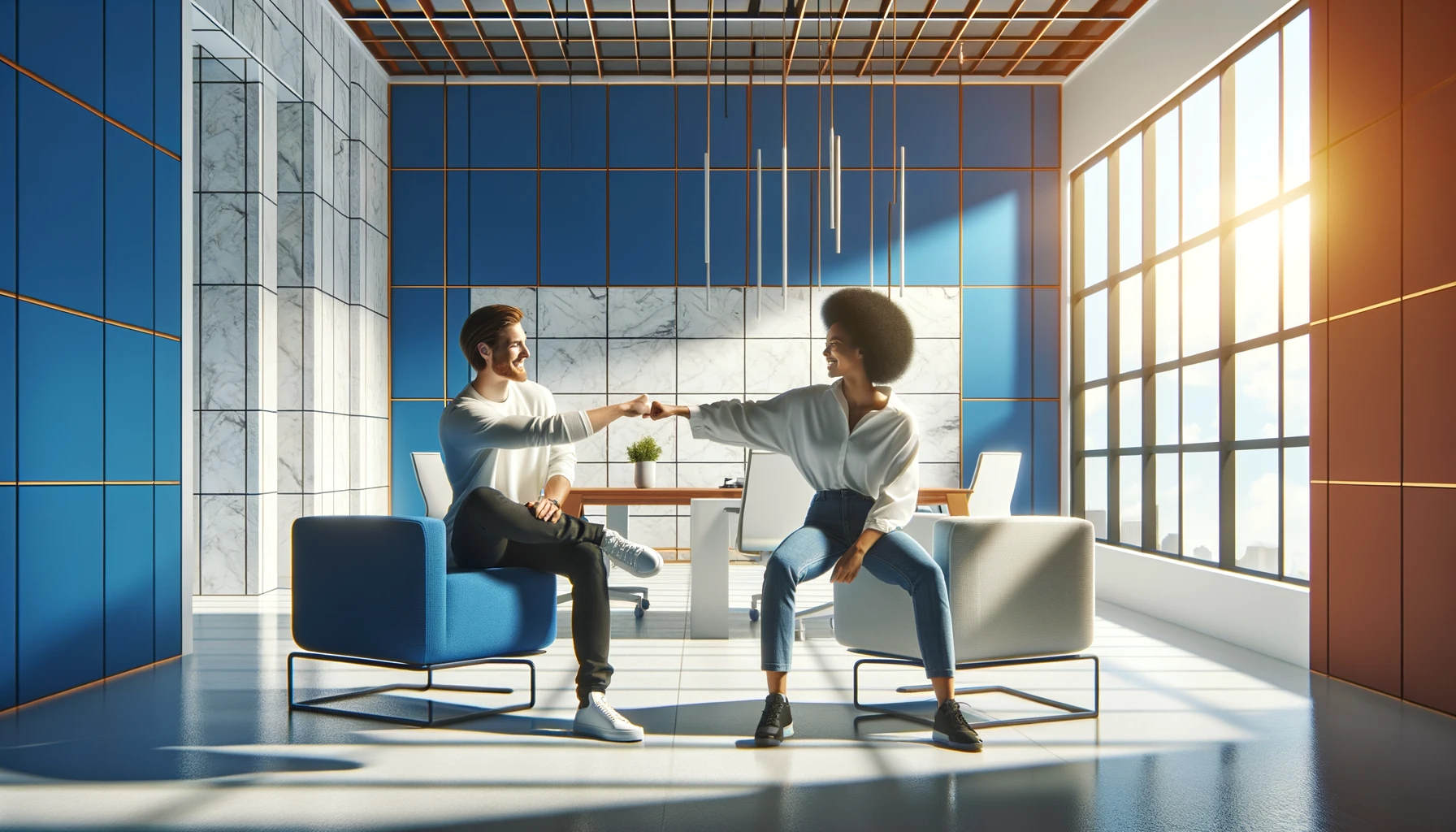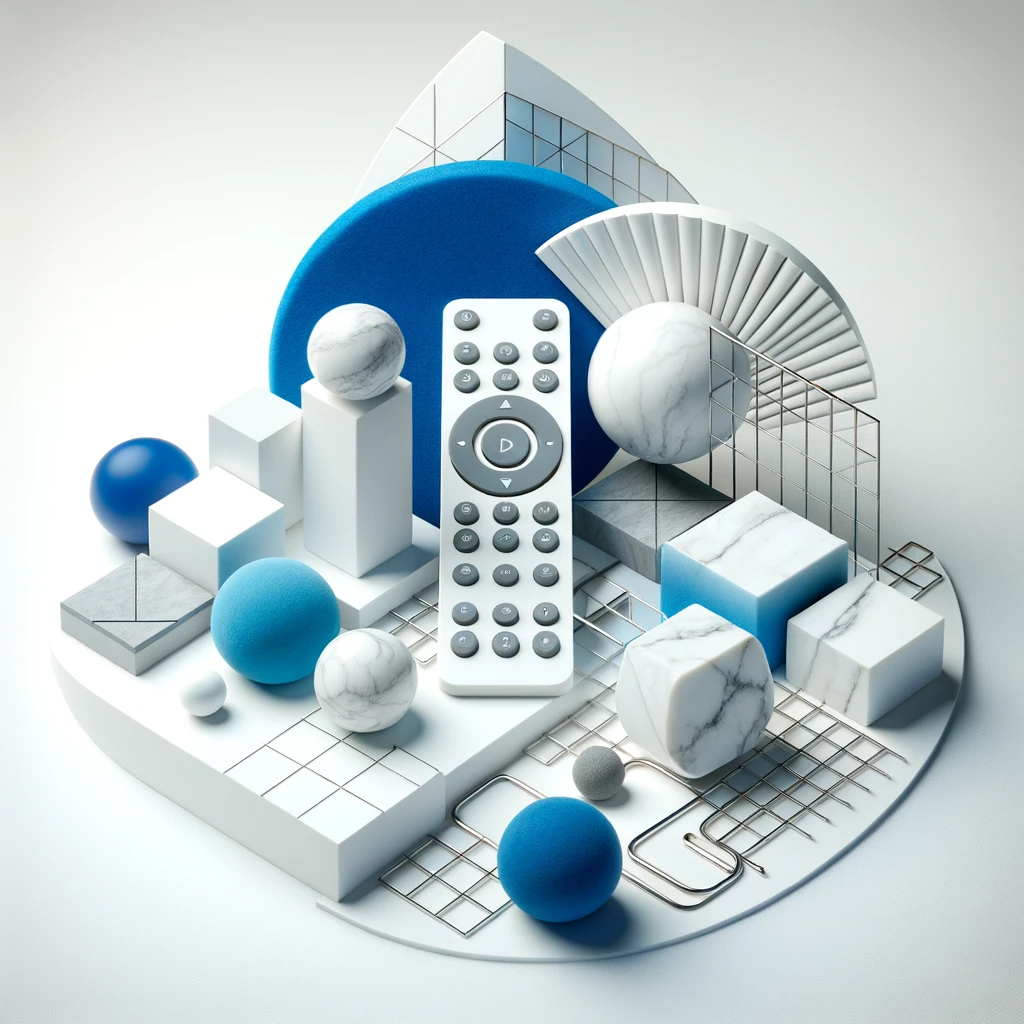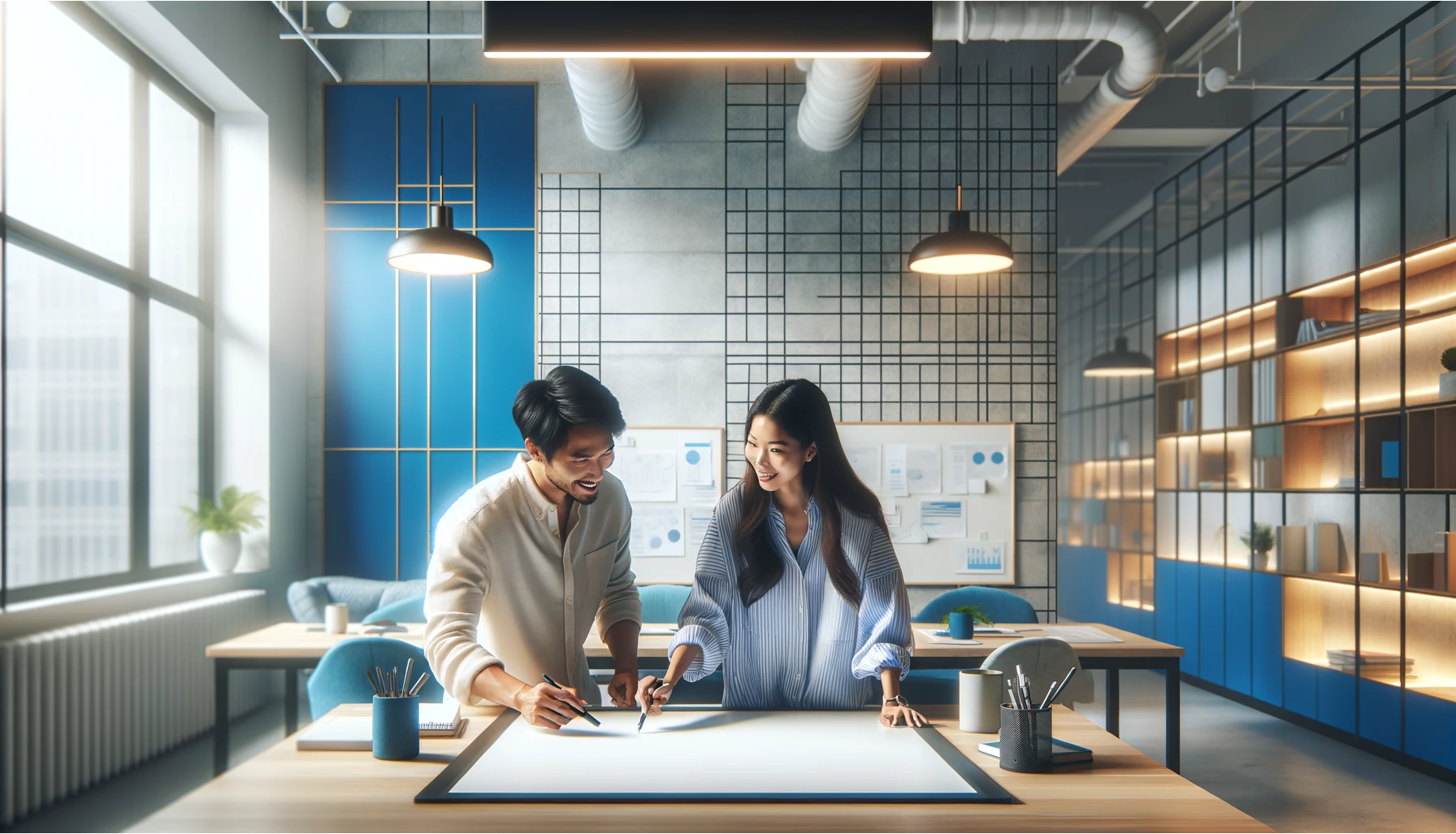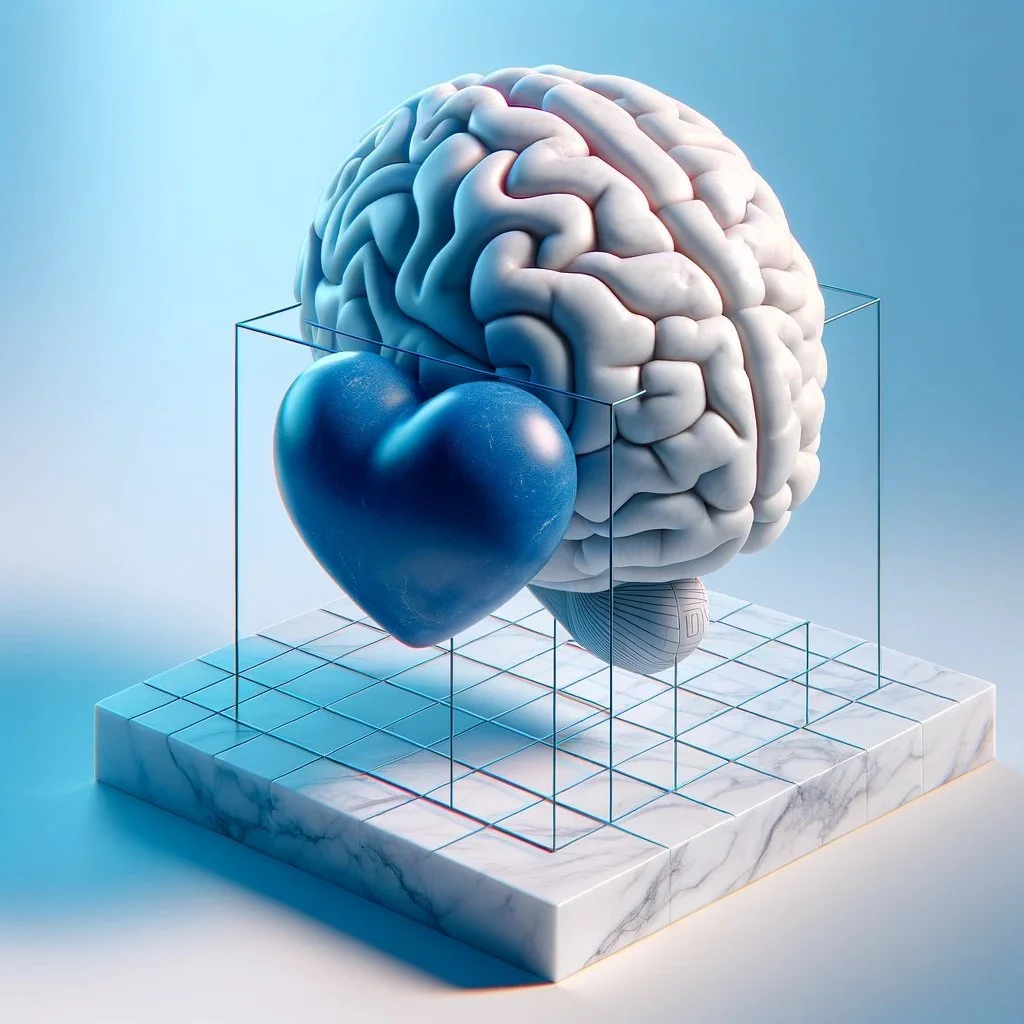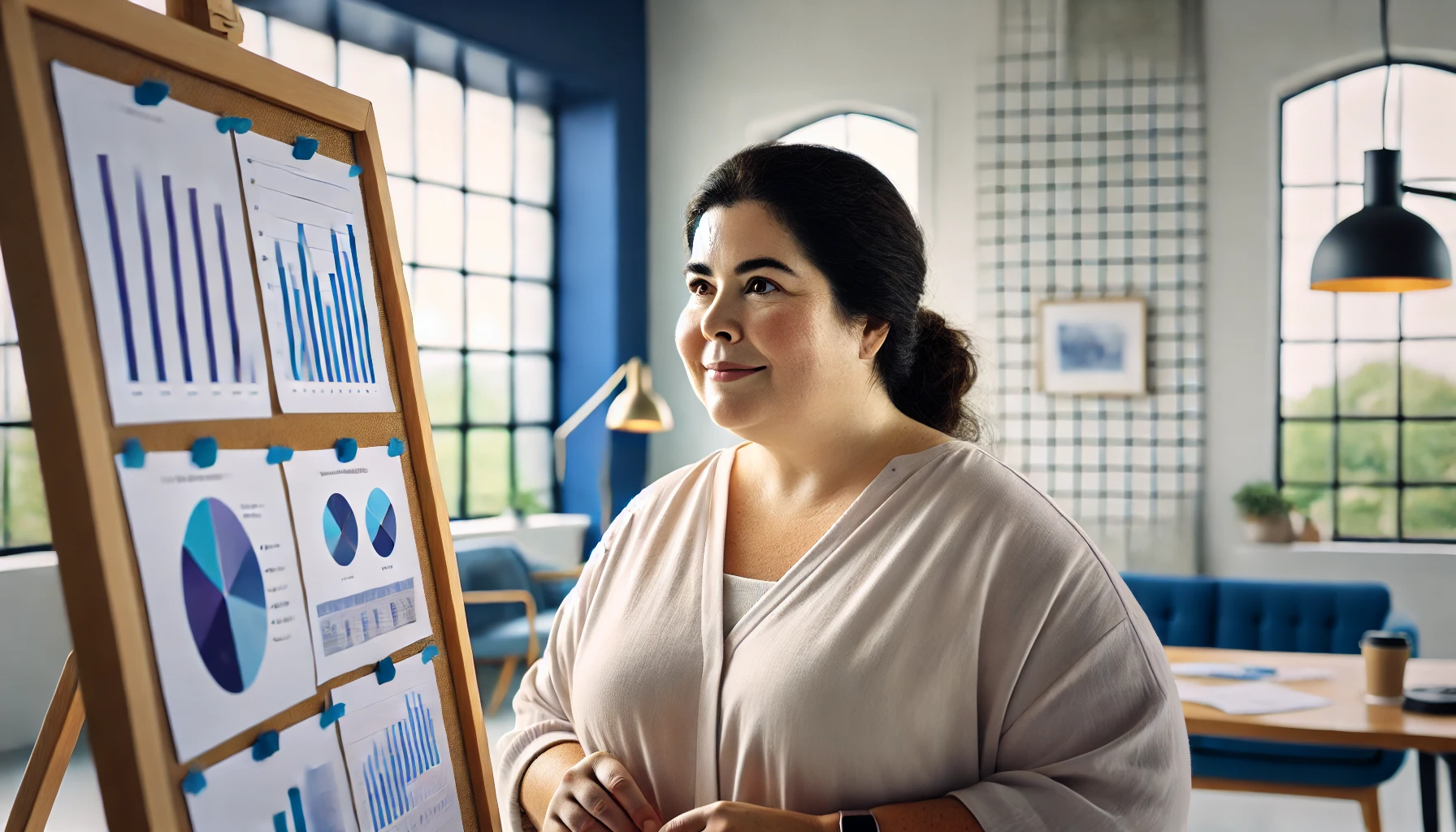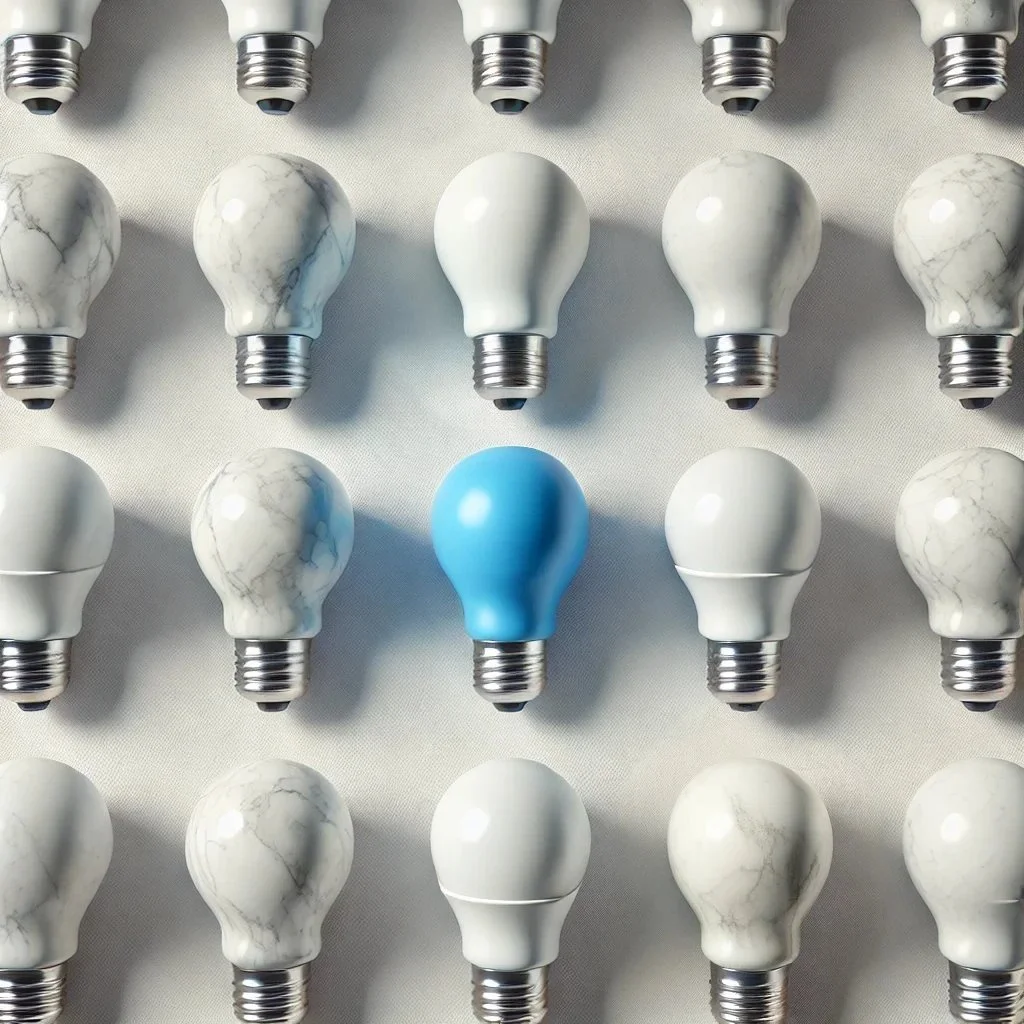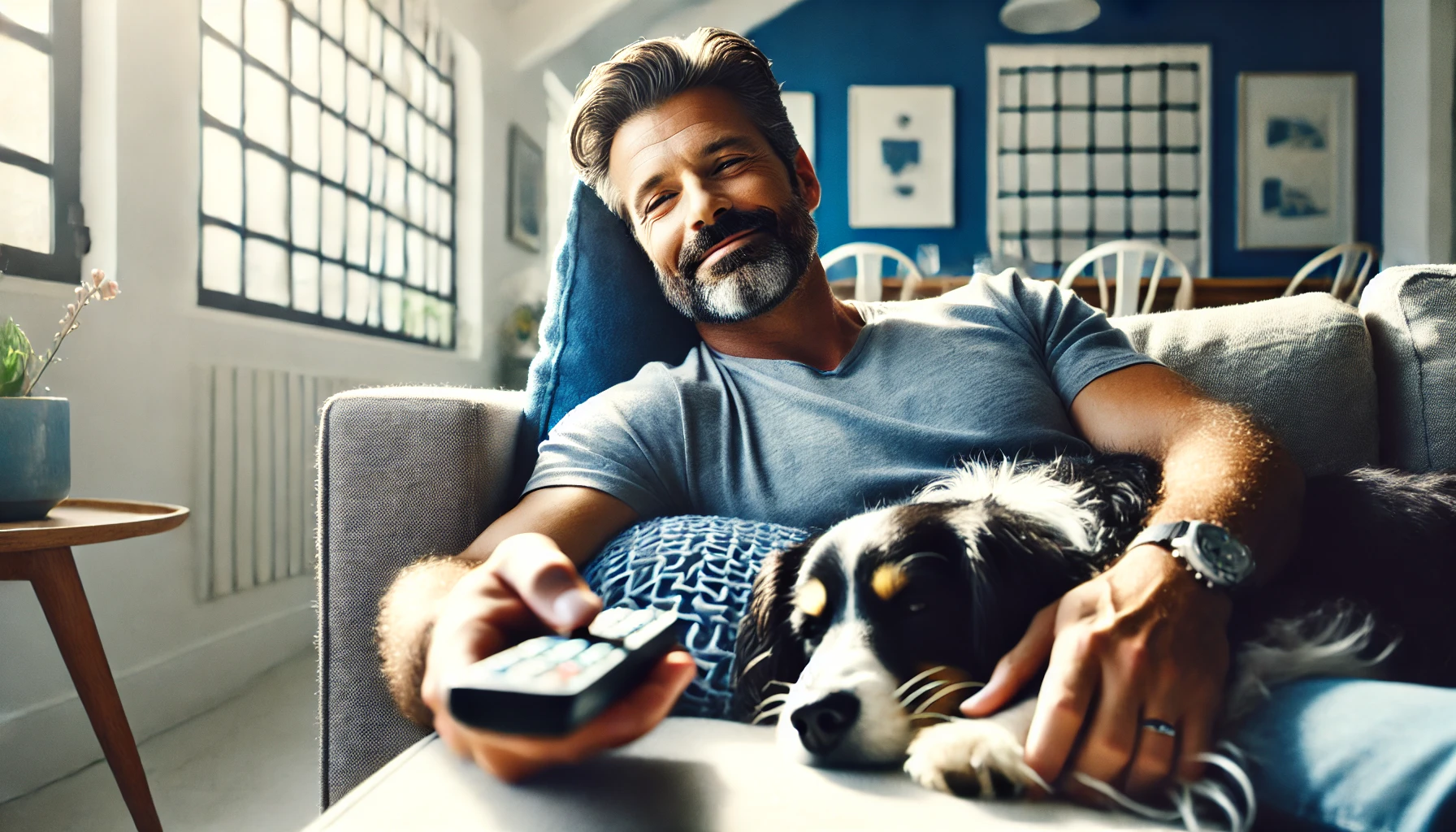Marketing Architects DALL·E Imagery
Adapt new technology by rapidly building and disseminating branded AI imagery prompts and guidelines.
Marketing Architects, 2024
Art direction, prompt engineering
Marketing Architects provided its employees with enterprise ChatGPT early in its release. The company was challenged to experiment with and adopt the technology, and the design faction of the marketing department was especially interested in Chat’s image generation function.
With the introduction of enterprise Chat, our accounts team began building decks using AI imagery. But we hadn’t provided them guidance, and the images often felt distinctly AI-made. Our team was tasked with creating an imagery style using ChatGPT that felt on-brand and consistent.
The primary challenges of this project were technology limitations, as well as time and personnel constraints. We focused on publishing our absolute best work while prioritizing the output over an exploration of brand and style, as well as accepting and educating others about the technology’s limitations.
RESULTS:
Accounts team reports faster turn-around, and our decks are more on-brand. We continue to save money by not subscribing to companywide stock access.
A sampling of the new imagery
The process
DISCOVERING BASE STYLES AND LIMITATIONS:





In our experimentation, we identified several stylistic patterns utilized by ChatGPT’s DALL·E 3. In order to create our own style and appear less generic, we needed to work against these base styles.
DALL·E 3’s base styles:
Dramatic lighting. Images that are often backlit with high contrast.
Everything but the kitchen sink. Images that include a chaotic amount of visuals and motifs.
Absurd realism. Images depict a realistic scenario that is absurd in some way.
Waxy texture. Materials — especially skin — can take on an over filtered, waxy texture.
Non-diverse. Subjects are often white, thin, hyper-attractive, able-bodied and straight.
We also learned the technology’s limitations. These forced us to rethink what’s possible, and enter conversation with DALL·E 3 using realistic expectations.
Our new, realistic expectations:
Required brand flexibility. In our testing, DALL·E 3 didn’t have the ability to produce hyper-consistent output. Therefore, we became comfortable with inconsistency.
Required simplified visuals. In our testing, DALL·E 3 had a quality falloff for complex art direction. Therefore, we often must rethink or simplify our vision for the image we want to produce.
THE AH-HA MOMENT:
In our testing, we realized Chat would produce semi-consistent imagery when we told it what materials to use. So we pulled style inspiration from our history:
In 2019, we launched platform imagery that was built using simple shapes like blue spheres, and included materials like marble, glass, wire, and grids.
In 2022, we restructured those platforms, stripping the imagery of everything but the blue spheres and grids.
Combined, we created a materials toolbox that includes simple shapes, blue spheres, grids, silver wire and marble.
MAKING AI IMAGERY USER-FRIENDLY:
For our coworkers who prefer speed and structure, we wrote a short series of user-friendly prompts following Dave Birss’ prompt methodology. Using this method, most of the art direction is baked into the prompt. The user simply types in their intended subject.





